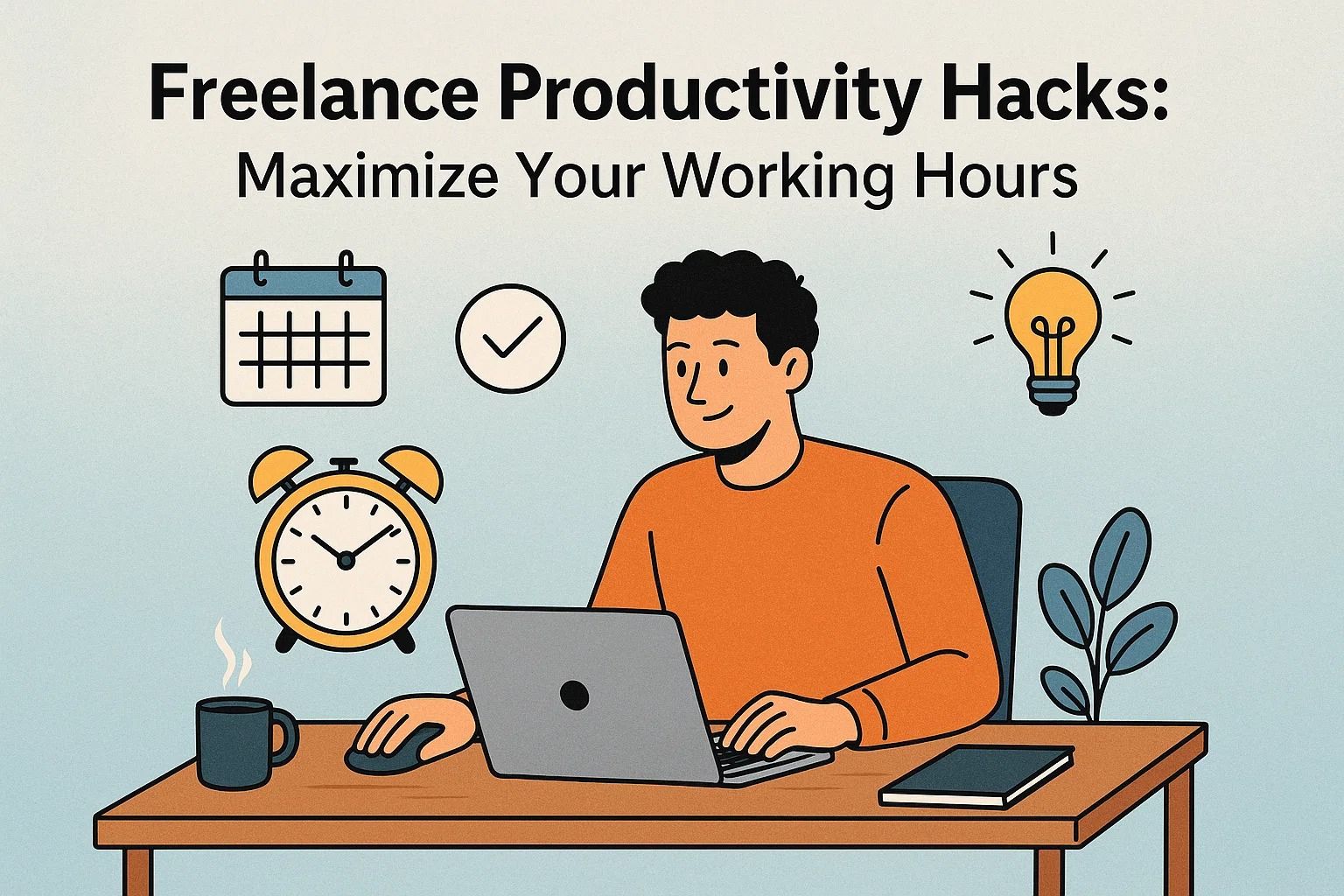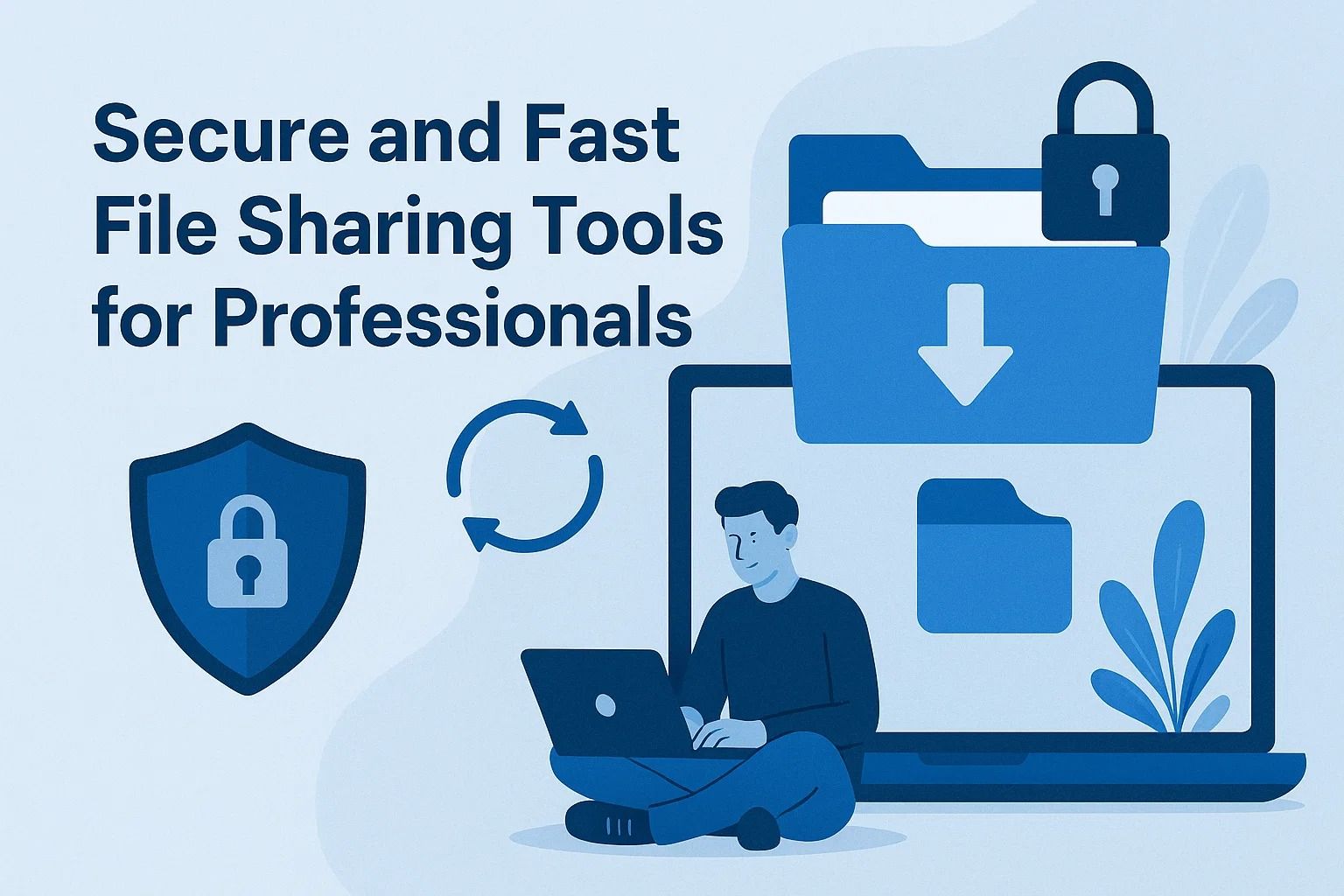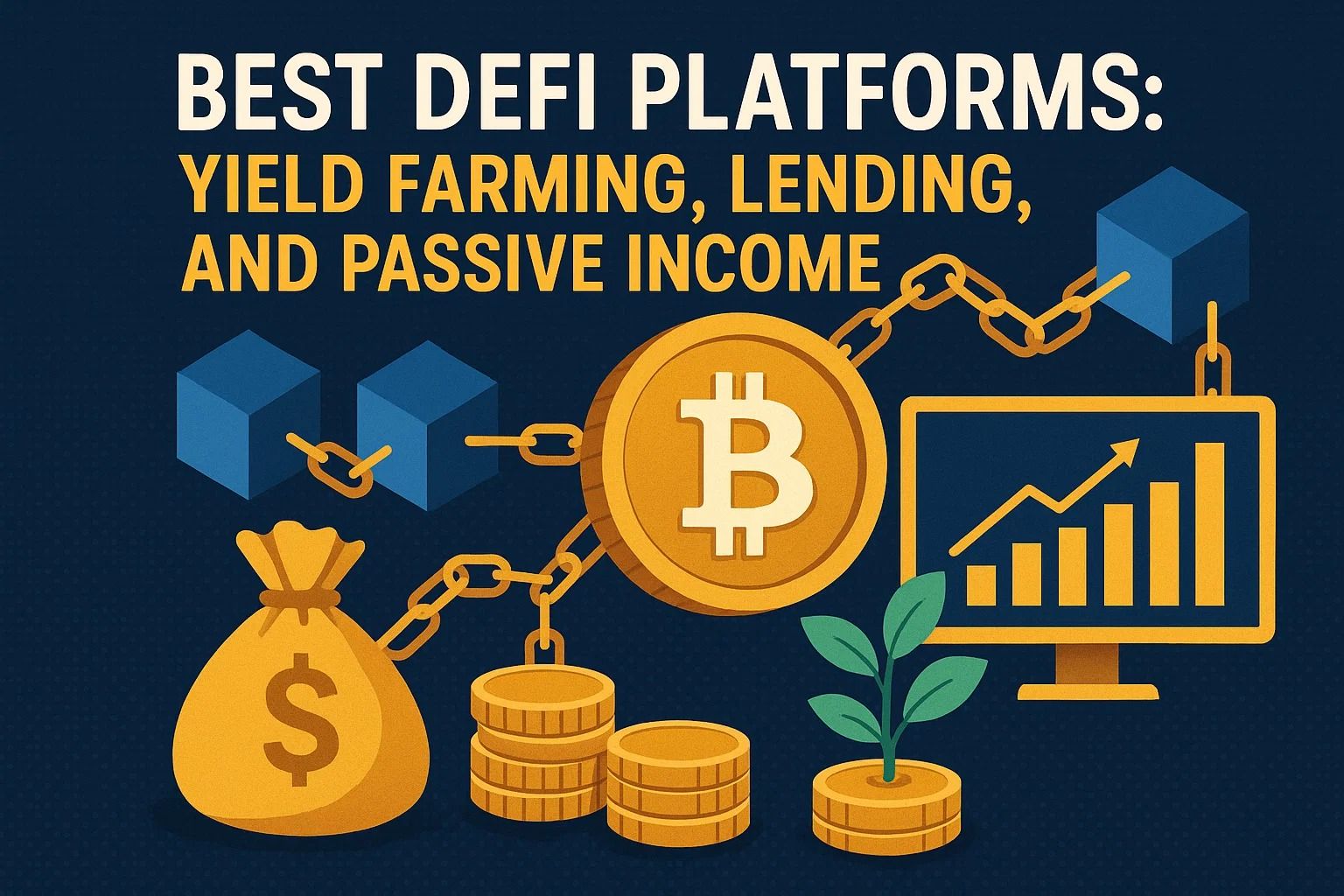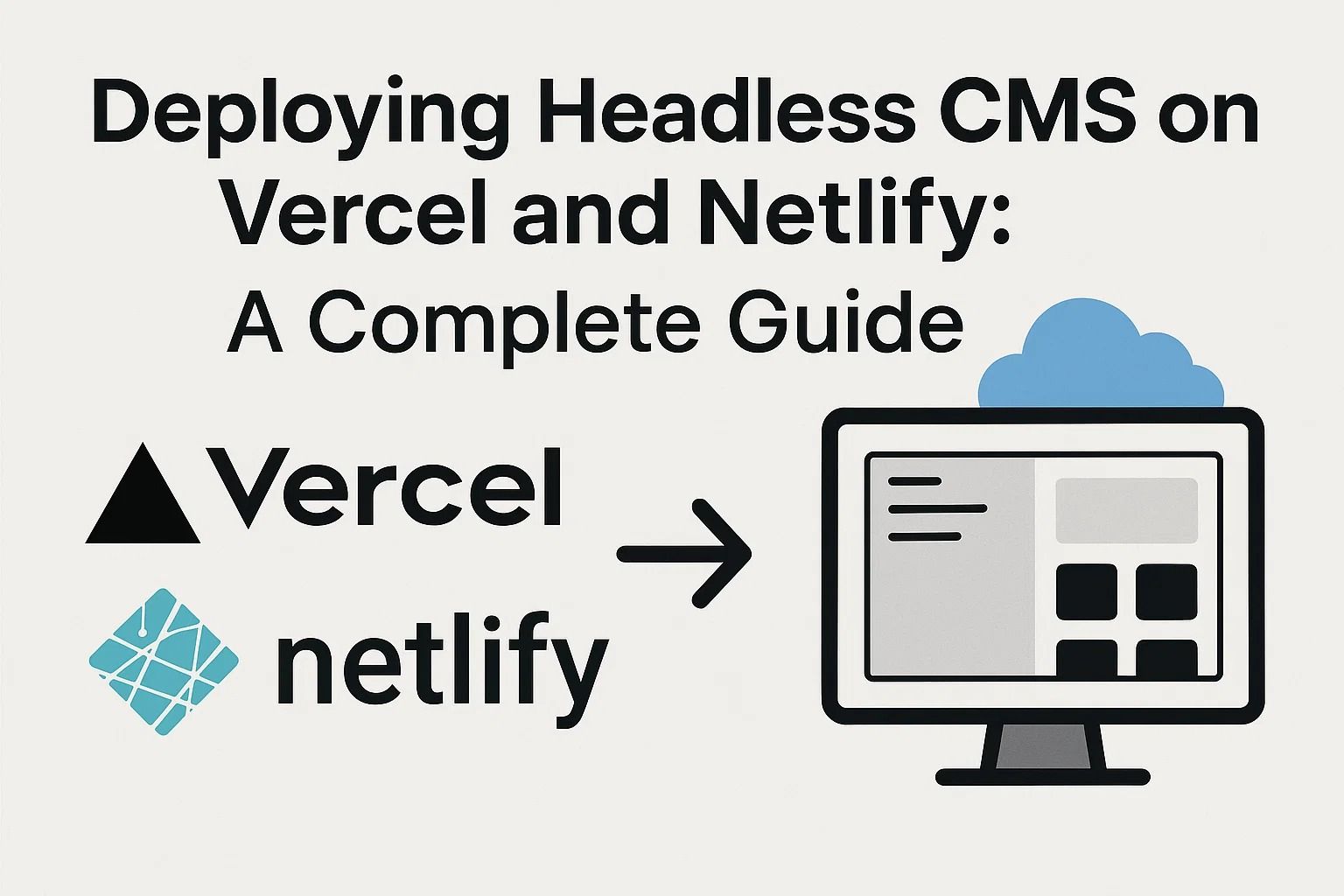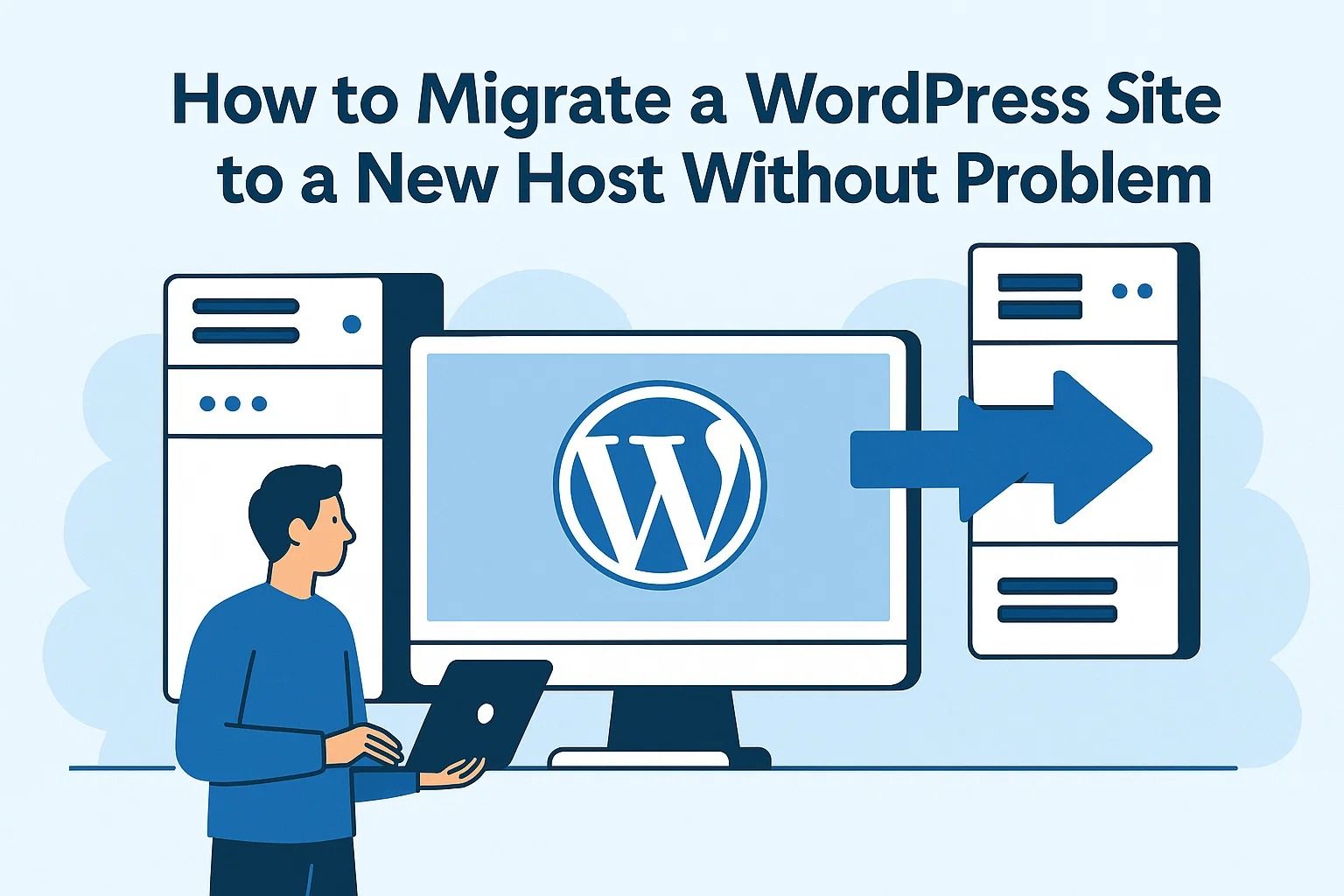
Top Freelance Platforms to Find Remote Jobs in 2025
Why Freelancing Is Bigger Than Ever in 2025
Freelancing is a mainstream career choice in 2025. With remote-first companies, global talent pools, and digital collaboration tools, professionals are no longer tied to local offices or traditional 9-to-5 schedules.
According to recent studies, more than 50% of the worldwide workforce now engages in freelance or contract-based work. The rise of AI, automation, and gig economy platforms has empowered individuals to take control of their income and lifestyle.
Trends Shaping Freelance Work in 2025
- Remote-first hiring: Companies hire the best talent globally, regardless of geography.
- AI-assisted freelancing: Freelancers now use AI tools to write code, generate content, and optimize workflows.
- Project-based staffing: Businesses prefer agile hiring — fast onboarding and results-oriented contracts.
- Micro-gigs and specialized roles: Designers, developers, marketers, and consultants thrive in niche categories.
What to Consider When Choosing a Freelance Platform
Not all freelance platforms are equal. While some focus on premium clients and long-term contracts, others are more suited to entry-level gigs. Here’s what matters most when picking the right one:
- Commission fees: Some platforms charge up to 20% on each payment. Others offer flat rates or no fees for freelancers.
- Client quality: Top-tier platforms vet clients to minimize low-ball offers or scammy listings.
- Payment protection: Escrow systems and payment milestones help ensure you get paid on time.
- Project types: Some platforms focus on tech and design; others, on content writing, customer service, or finance roles.
- Discovery & competition: How hard is it to stand out? Are you competing with thousands or only accepting work by invitation?
The right platform can dramatically increase your earnings, workflow efficiency, and long-term career prospects — especially if you specialize in remote-friendly, high-demand skills like software engineering, UX design, or copywriting.
1. Upwork – The Biggest Freelancing Platform
Upwork continues to be one of the largest and most active freelancing marketplaces in 2025, supporting everything from writing and design to software development and consulting.
- Pros: Huge number of clients, wide range of types of work, easy payment protection.
- Cons: 10% commission, a lot of competition, takes a long time to build a profile.
2. Toptal – Prestige Clients for Elite Freelancers
Toptal is a very selective platform for developers, designers, product managers, and finance experts. It connects freelancers with top clients like Airbnb and Shopify.
- Pros: Highly paid clients, less low-quality work, remote-friendly contracts.
- Cons: Difficult vetting process (about 3% of candidates accepted).
3. Fiverr – Short Gigs and Other Side Hustles
Fiverr is a great place for freelancers who offer fixed-price, contract-based services in creative, marketing, and tech categories. The gig-based model of Fiverr is ideal for packaging specific, repeatable services.
- Pros: Can be set up very easily, freelance services are visible globally, scalable by offering tiered pricing for gigs.
- Cons: 20% commission, price-sensitive customers, oversaturated categories.
4. Freelancer – Open Freelance Marketplace
Freelancer.com has a massive job board for all kinds of freelance work you can imagine. It operates based on a bidding system where you compete with others for projects based on proposals and pricing.
- Pros: Also an open job board, so there’s a huge variety of job posts, worldwide reach, milestone payments.
- Cons: Confusing range of fees; a lot of low-budget jobs.
5. Contra – Commission-Free Freelancing
Contra is one of the only platforms in 2025 that charges zero fees to freelancers. It's fully designed for freelancers looking to find direct, contract-based work.
- Pros: No fee for using the platform, built-in client management tools, personal portfolio pages.
- Cons: Smaller client base than Upwork or Toptal.
6. We Work Remotely – Remote Jobs Only
We Work Remotely (WWR) is primarily a job board, not a marketplace. Companies post jobs specifically for remote work, and freelancers apply directly for jobs. It's a good source for finding long-term, full-time remote work.
- Pros: Quality jobs, no bidding or fees, great for remote tech jobs.
- Cons: No client management tools or payment protection built into the site.
7. Remote OK – Curated Remote Jobs
Remote OK is a curated list of the best remote jobs in software, design, marketing, and writing. It's a great choice for freelancers looking for contract or full-time work with startups and tech companies.
- Pros: High-quality jobs, great for remote tech jobs, great interface.
- Cons: Not a managed platform; requires outreach and negotiation.
Top Platforms According to Freelancer Type
Finding the best freelance platform depends on your niche and your goals as well as your experience level. Here’s a brief overview by category:
- Freelance beginners: Fiverr and Freelancer offer a low barrier to entry with quick gigs to pad your portfolio.
- Creative pros: Contra and Fiverr are suitable for designers, video editors, writers, and branding specialists.
- Software engineering professionals: Toptal, Upwork, and RemoteOK are well-suited to techies looking for higher paid work.
- Long-term remote full-timers: We Work Remotely and RemoteOK feature full-time, longer-term remote roles with benefits.
- Consultants with lots of experience: Toptal and Upwork cater to enterprise clients and strategic projects with top-tier salaries.
How to Stand Out and Earn More
Simply being present on a platform isn’t enough; you have to position yourself. Here are time-tested strategies:
- Make a great profile: Professional photo, detailed bio, and clear examples of your work.
- Be a specialist: Specialties demand a higher price. Don’t list 10 skills — just name your best 2 or 3.
- Get some reviews: Offer discounted work in exchange for social proof early on.
- Be responsive: Respond to messages quickly, even outside of business hours. Speed = trust.
- Personalize every proposal: Avoid templates at all costs. Make each message about the client’s needs, using their words.
In Conclusion
The freelancing economy is booming in 2025, and the right platform can make a significant difference. Whether you want to do lots of brief gigs or one long-term contract, there’s a square marketplace designed for how you work. Pick 2-3 platforms to try first; polish your profile and iterate. Consistency and positioning will pay off over time. Not just a side hustle, freelancing can become a full-time gig that’s location independent.










